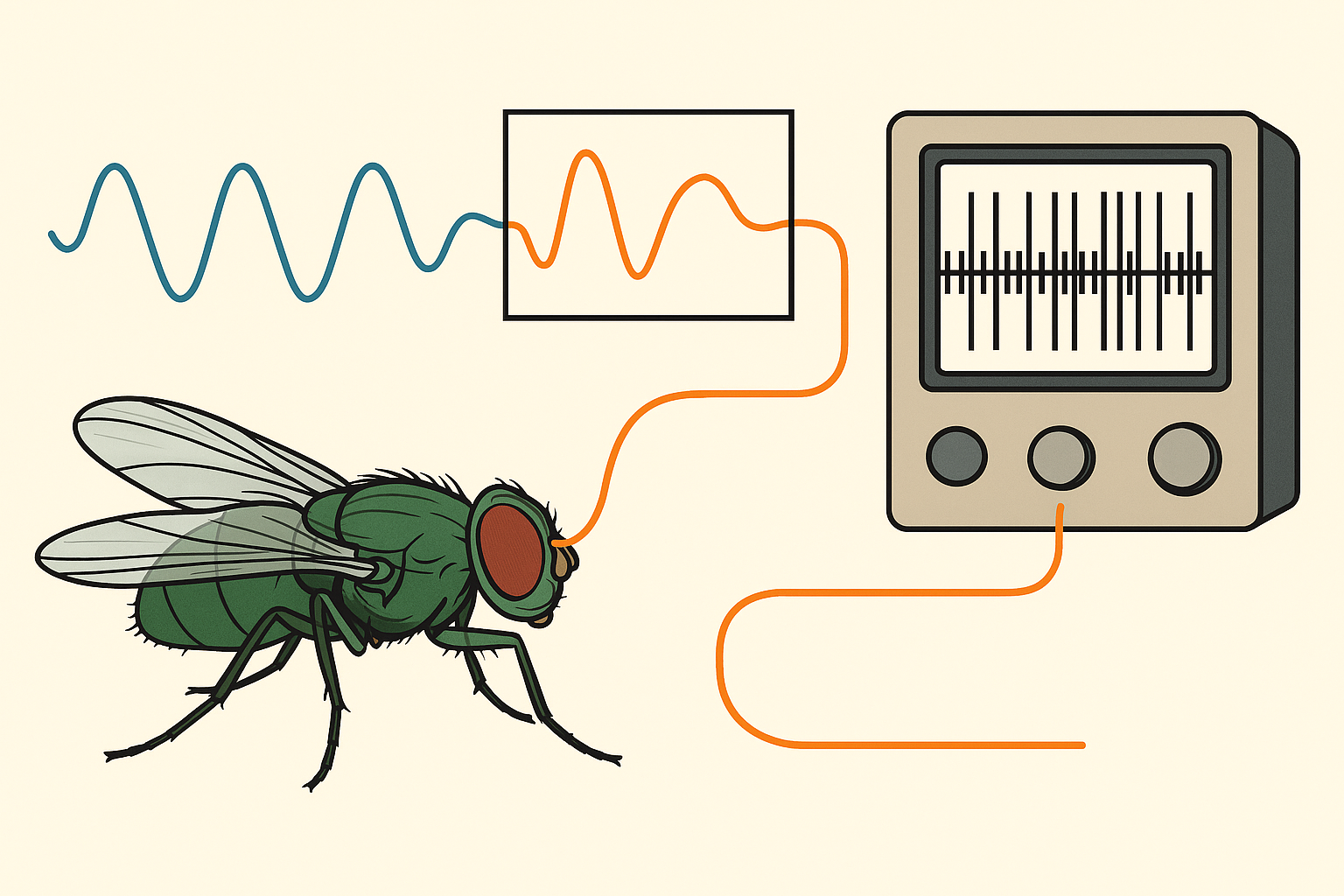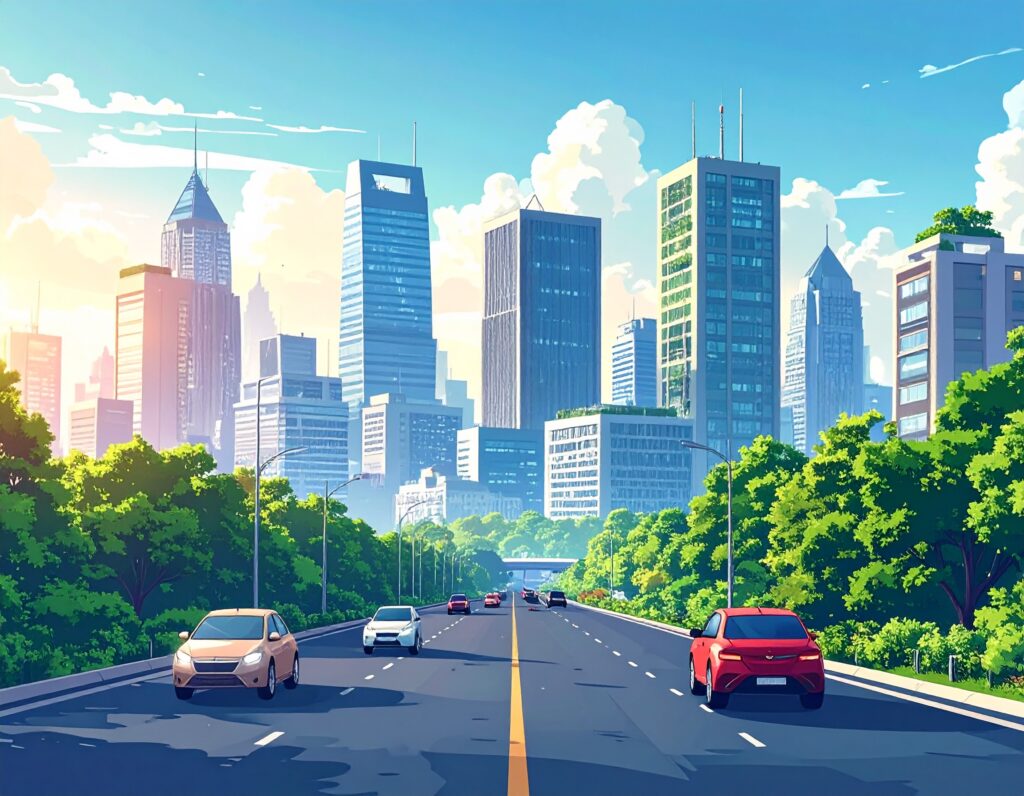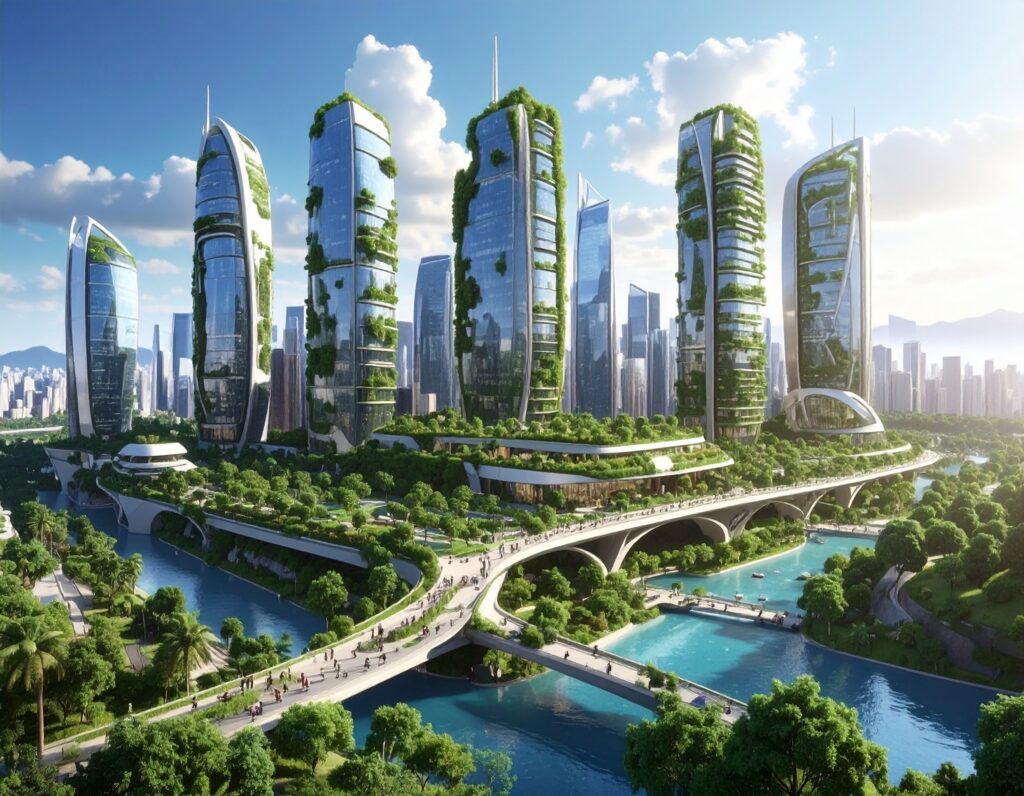
Imagine biking downhill with the wind in your face. Everything is moving fast, yet you still dodge potholes and react in a blink. Your brain is turning bursts of electrical “pings” from your eyes into smooth, useful information about motion. That everyday magic—making sense from quick spikes—is exactly what Bialek and colleagues set out to understand. They flipped the usual lab view. Instead of asking how a known picture makes a neuron fire on average, they asked how a living creature could decode a short, one-off burst of spikes to figure out an unknown, changing scene in real time. They showed it’s possible to “read” a neural code directly, not just describe it in averages.
According to Bialek and colleagues, the classic “firing rate” concept is an average over many repetitions or across many cells. Real life rarely gives you that luxury. You usually get one noisy shot. So they focused on decoding from a single spike train, as an organism must do on the fly—literally. In the blowfly’s visual system, a motion-sensitive neuron called H1 feeds fast flight control. With only a handful of neurons in that circuit, the animal can’t compute neat averages; decisions rely on just a few spikes. The team’s key move was to replace rate summaries with a real-time reconstruction of the actual motion signal from those spikes.
Here’s how they put it to the test. The fly viewed a random moving pattern whose steps changed every 500 microseconds, while the researchers recorded H1’s spike times. Then they built a decoding filter to turn spikes back into the motion waveform. To make it realistic, they required the filter to be causal and studied the tradeoff between speed and accuracy: waiting a bit longer improves the estimate, but you can’t wait forever if you need to act. Performance rose with delay and then leveled off around 30–40 milliseconds—right around the fly’s behavioral reaction time. The reconstructions were strong across a useful bandwidth, with errors that looked roughly Gaussian rather than systematic. Best of all, the neuron achieved “hyperacuity”: with one second of viewing, the motion could be judged to about 0.01°, far finer than the spacing of photoreceptors and close to theoretical limits set by the input itself.
Why does this matter for your daily life? First, simple tools can decode rich signals: a straightforward linear filter turned spikes into motion with surprising fidelity. Second, quick decisions don’t require tons of data; a brief ~40 ms window and a few spikes can convey what matters, which is why “firing rate over time” isn’t always the right mental model. Third, robust systems tolerate minor timing errors; the code still works even when spike times are nudged by a few milliseconds. In short, smart decoding beats brute averaging, waiting just long enough maximizes usefulness, and good designs are fault-tolerant. That’s a handy recipe for studying, sports, or any fast choice you make under uncertainty. And yes—this work demonstrates that we can literally read a neural code in real-time.
Referencia:
Bialek, W., Rieke, F., de Ruyter van Steveninck, R. R., & Warland, D. (1991). Reading a Neural Code. Science, 252(5014), 1854–1857. https://doi.org/10.1126/science.2063199
Privacy Notice & Disclaimer:
This blog provides simplified educational science content, created with the assistance of both humans and AI. It may omit technical details, is provided “as is,” and does not collect personal data beyond basic anonymous analytics. For full details, please see our Privacy Notice and Disclaimer. Read About This Blog & Attribution Note for AI-Generated Content to know more about this blog project.

